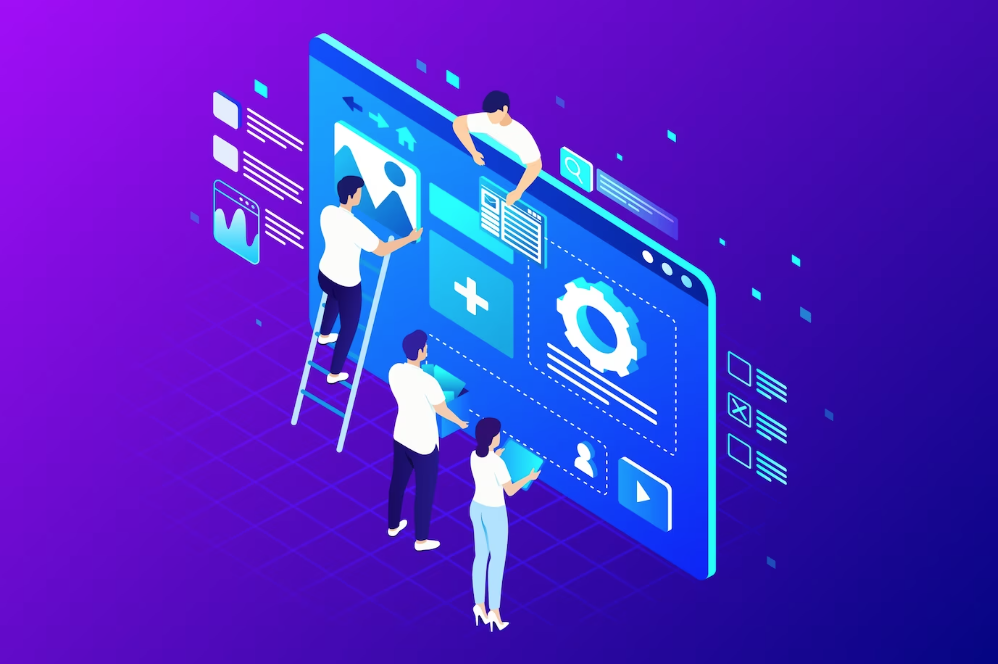Mobile App Development Services: A Quick Guide
- Mobile App Development is about creating user-friendly, visually appealing apps for mobile devices.
- Types of Mobile Apps: Native, Web, and Hybrid.
- Platforms: Mainly iOS and Android, with tools like React Native and Flutter for cross-platform development.
- Development Process: Includes ideation, UX/UI design, development, testing, and launch.
- Choosing the Right Approach: Considerations include the use of low-code/no-code platforms, native development, or cross-platform development based on the app’s needs.
- Why Choose Zee Palm: End-to-end services from idea to post-launch, expertise in various development tools, and a dedicated team.
In short, mobile app development services encompass the entire process of creating an app, from conception and design to development, testing, launch, and ongoing support. The choice between native, web, and hybrid apps, as well as the development approach, depends on the app’s specific requirements and goals.
Types of Mobile Apps
There are three main kinds of mobile apps:
- Native Apps: These are made for a specific type of phone or tablet, like iPhone or Android. They work really well and can use all the features of the device, but making them for different types of devices can be expensive.
- Web Apps: These are made using web technology and work in a web browser. They're cheaper and quicker to make but can't do as much as native apps.
- Hybrid Apps: These are a mix of native and web apps. They put a web app into a native app shell so it can do a bit more than a regular web app. They can be made once and used on different devices, but might not work as smoothly as native apps.
Mobile App Development Platforms
There are two big platforms for mobile apps - iOS and Android:
- iOS: This is what iPhones and iPads use. Apps for iOS can make more money, but you need to know specific programming languages and follow Apple's rules.
- Android: This is used by many different brands of phones and tablets. It's more open than iOS, but there are so many different devices that it can be a challenge to make apps work well on all of them.
There are also cross-platform tools like React Native and Flutter that let you make apps for both iOS and Android at the same time. They're a good middle ground, but there might be some trade-offs in how well the apps work or how much you can do with them.
The Mobile App Development Process
1. Ideation and Goal Setting
The journey starts by figuring out who will use the app and what it should do. This step includes:
- Finding out who the app is for and what problems it needs to solve
- Doing some research to make sure the app idea makes sense
- Making sure the app's goals match up with the bigger business goals
- Deciding on the main features of the app that will help users
- Thinking of ways to make the app's design appealing and easy to use
At Zee Palm, we help our clients turn their ideas into a solid plan that focuses on the people who will use the app and what they need.
2. UX/UI Design
After the goals are set, Zee Palm sketches out how the app will work and look. This includes making simple versions of the app screens to test out the flow and functionality. Feedback helps improve these designs.
The final designs will focus on being:
- Easy to use: The app should be simple to navigate
- Nice to look at: The design should be attractive and match the brand
- Consistent: The app should work well on different screen sizes
Testing these designs helps make sure the app will be good to use before it's built.
3. Development
With the designs ready, Zee Palm's developers start building the app. They use:
- Flutter and React Native for making the app work on both Android and iOS
- Kotlin for Android apps
- Swift for iOS apps
They focus on writing clean code that makes the app stable, fast, and easy to update. They also use tools that help check on the app's performance and fix any problems.
4. Testing
Testing is crucial to make sure the app works well. This includes checking:
- UI/UX Testing to see if the app looks right
- Functionality Testing to make sure everything works
- Performance Testing to check if the app is fast and responsive
- Security Testing to find any security issues
- Compliance Testing to ensure the app meets all required standards
Any problems found are fixed to make sure the app is ready to go.
5. Launch and Post-Launch Support
When it's time to launch, Zee Palm helps with:
- Making the app easy to find in app stores
- Planning how to release the app
- Keeping the app running smoothly after it's out
After the app is launched, they keep an eye on how it's doing and make updates to:
- Keep the app working well
- Add new features based on user feedback
- Track how well the app is keeping users interested
Zee Palm stays involved from start to finish, helping clients launch successful apps and grow them over time.
Choosing the Right Approach
When you're thinking about making a mobile app, there are a couple of ways to go about it. You could use platforms that make app building easy for anyone, or you could build the app from scratch for specific phone types. Here's a quick look at what these choices mean.
Low-Code and No-Code Platforms
These platforms let you create apps without needing to know a lot about coding. Some well-known ones include:
- Appy Pie - A simple tool for making Android and iOS apps. It even has a free option.
- Zoho Creator - Helps you build apps that work with databases, good for both web and mobile apps.
Pros
- Quick to make apps
- You don't need to be a coder
- Good for straightforward apps
Cons
- Not much room for customizing
- Not great for complex apps
- You might get stuck with one provider
PlatformProsConsAppy PieUser-friendly, has a free versionFeatures are limitedZoho CreatorWorks well with other Zoho tools, can grow with your needsMight be hard to learn
Native App Development
This is when you make an app specifically for one type of phone, like iPhones or Android phones. This way, the app can use everything the phone offers.
Pros
- The app works really smoothly
- It can use all the phone's features
- Very fast
Cons
- Costs more to make
- You need different versions for different phones
This method is best for apps that need to be top-notch in how they work and look.
Cross-platform Mobile Development
Tools like Flutter let you write your app once and then put it on different kinds of phones.
Pros
- Use one set of code for many phones
- Saves time in making the app
- Easier to keep the app updated
Cons
- Might not use phone features as well
- The app might not look perfect on all phones
This way is good for apps where you want to reach as many users as possible without spending a lot of time on development. It's about finding the right balance between how the app works and making it available on different devices.
sbb-itb-8abf120
Why Choose Zee Palm?
Zee Palm is a top choice for making apps because we handle everything from start to finish. Here’s a quick look at what we’re good at:
Our Capabilities
We can do it all when it comes to making apps for phones and tablets:
- UX/UI Design: We make sure your app looks good and is easy to use.
- App Development: We build strong apps using tools like Flutter, React Native, Swift, and Kotlin.
- Testing & QA: We check the app carefully to make sure it works well and is safe to use.
- Launch Support: We help you get your app out there in the app stores.
- Post-Launch Support: We keep your app running smoothly, adding new stuff and fixing any issues.
We’re here to turn your idea into a real app.
Our Team
We have a bunch of smart people who know a lot about making apps:
- Solutions Architects: They figure out the best way to build your app.
- Developers: They write the code that makes your app work.
- UI/UX Designers: They make sure your app looks nice and is easy for people to use.
- Project Managers: They make sure everything gets done on time and keeps you in the loop.
We put together the right team for your project.
Our Work
We’ve made some really cool apps for different kinds of businesses, like:
- On-demand Delivery App: We connected restaurants and couriers with apps for drivers and customers.
- Custom POS System: We made a special iPad system for a retail business.
- Social Media App: We launched an app for sharing videos that helps get more users.
Check out more of our work here.
Get a Free Quote
We give you a price based on what you need. We can work with any budget and timeline. Talk to us to find out how much your app might cost and how long it might take.
Related Questions
What is content in mobile application development?
In mobile app development, content is everything you see or interact with in an app. This includes text, pictures, videos, and even the music or sounds you hear. Good content keeps users interested and makes them want to use the app more. But if the content isn't good or doesn't fit well on your phone screen, it can make the app less enjoyable to use.
What are the key areas of mobile app development services?
Mobile app development covers several steps:
- Coming up with the app idea and what it will do
- Designing how the app looks and feels
- Writing the code to make the app work
- Checking the app to fix any mistakes
- Putting the app in the App Store or Google Play
- Keeping the app updated and fixing any new problems
Each step is about making sure the app is useful, looks nice, and works well.
What is mobile app development service?
A mobile app development service is a company that helps you build your app. Instead of doing everything yourself, you can work with experts who know how to make apps for iPhones, Android phones, or both. These services can do everything needed to make an app, or they can help out with just some parts of the process.
What does mobile app development include?
Mobile app development involves:
- Planning what the app will do and how it will look
- Writing the code that makes the app run
- Testing to make sure the app works right on different devices
- Creating pictures and descriptions for the app stores
- Putting the app in the Apple App Store or Google Play Store
- Updating the app to fix problems or add new features
The aim is to create an app that people find easy and enjoyable to use, that also meets the goals of the business.

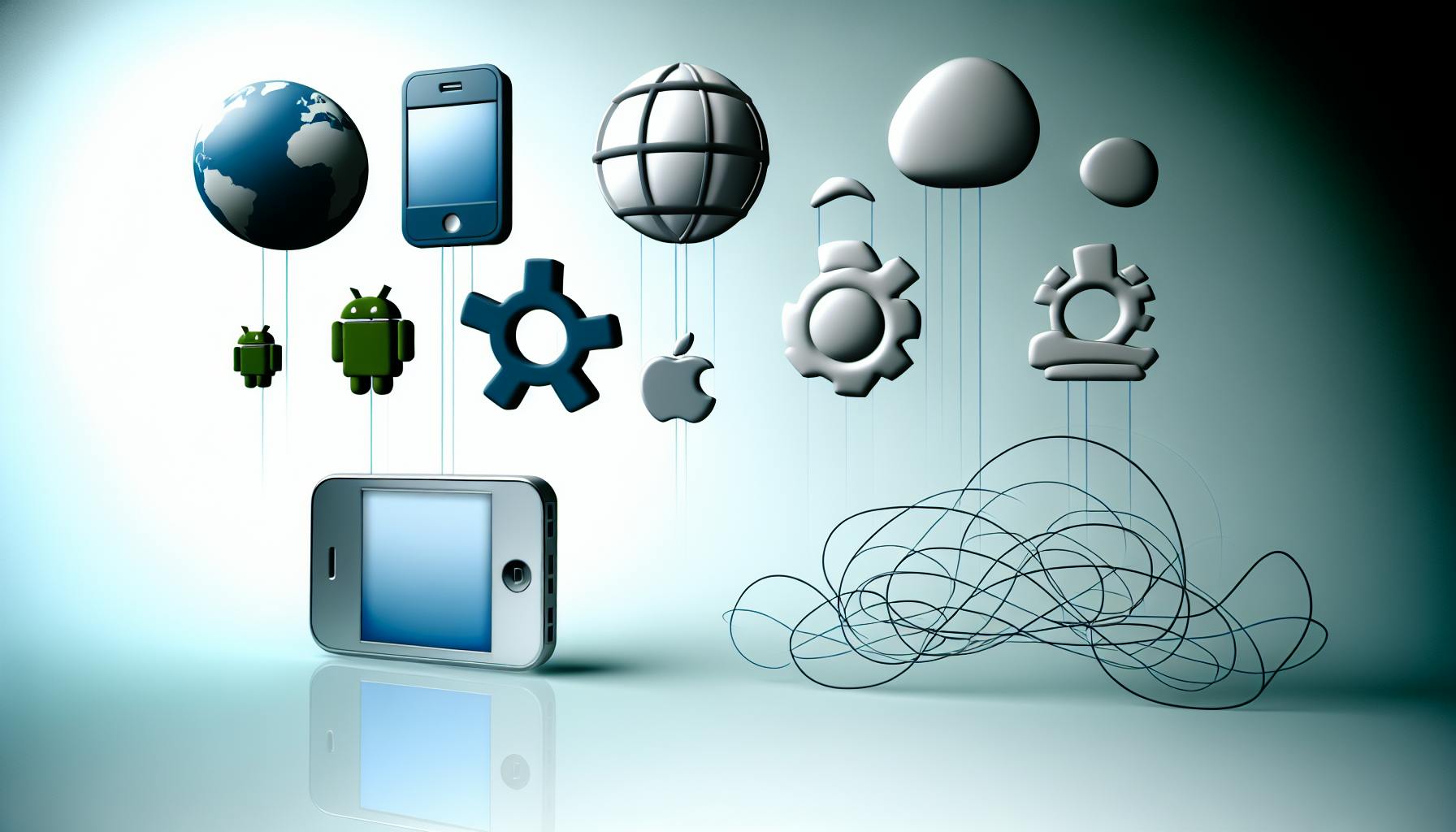
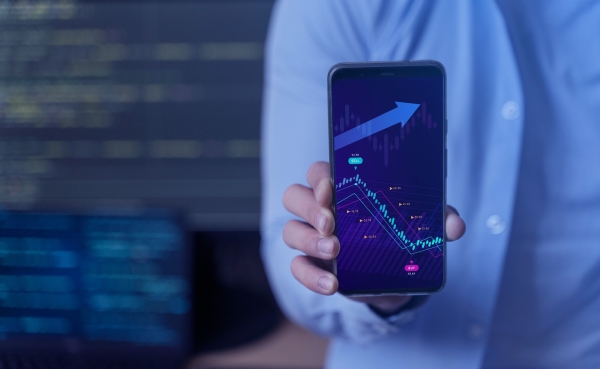
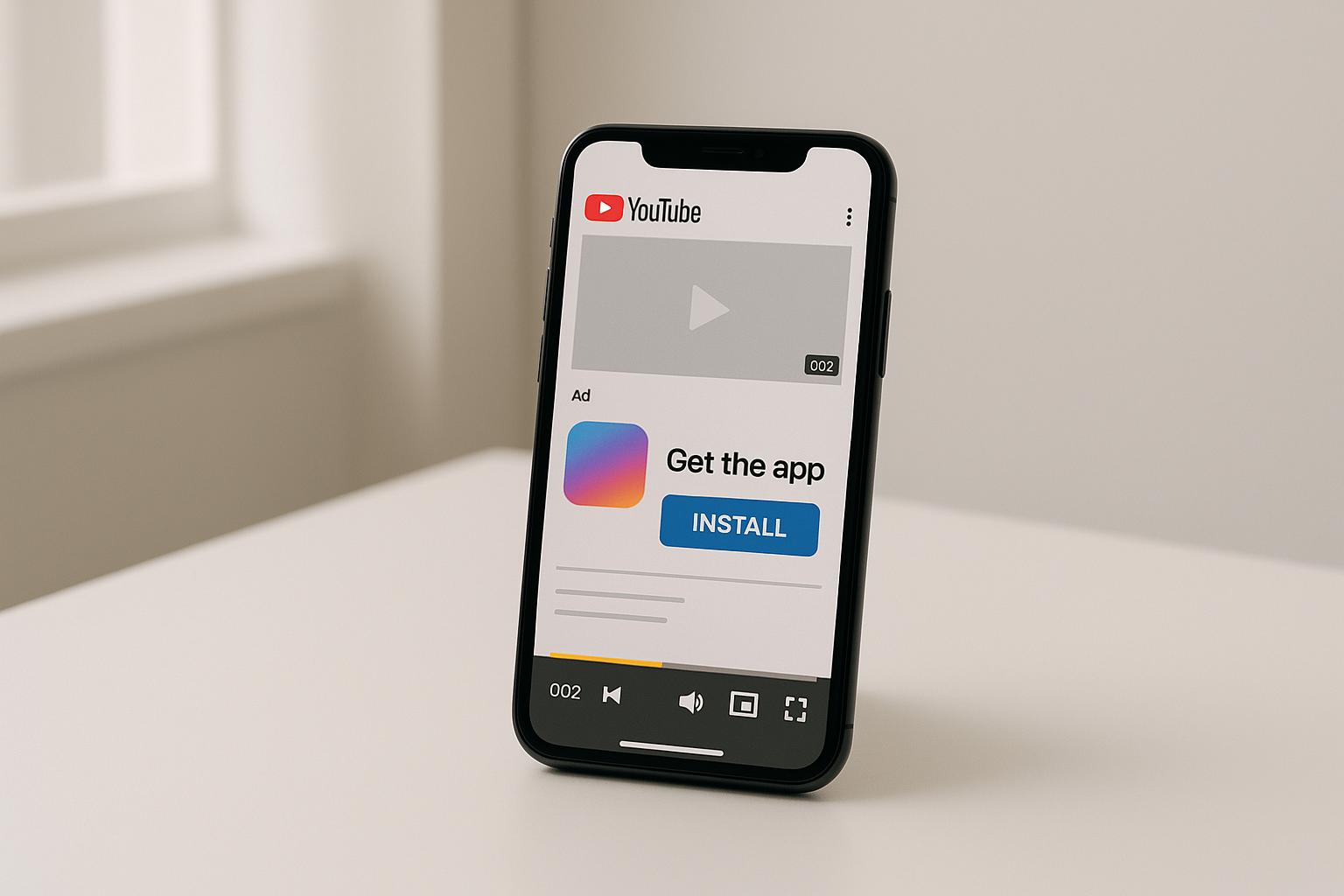

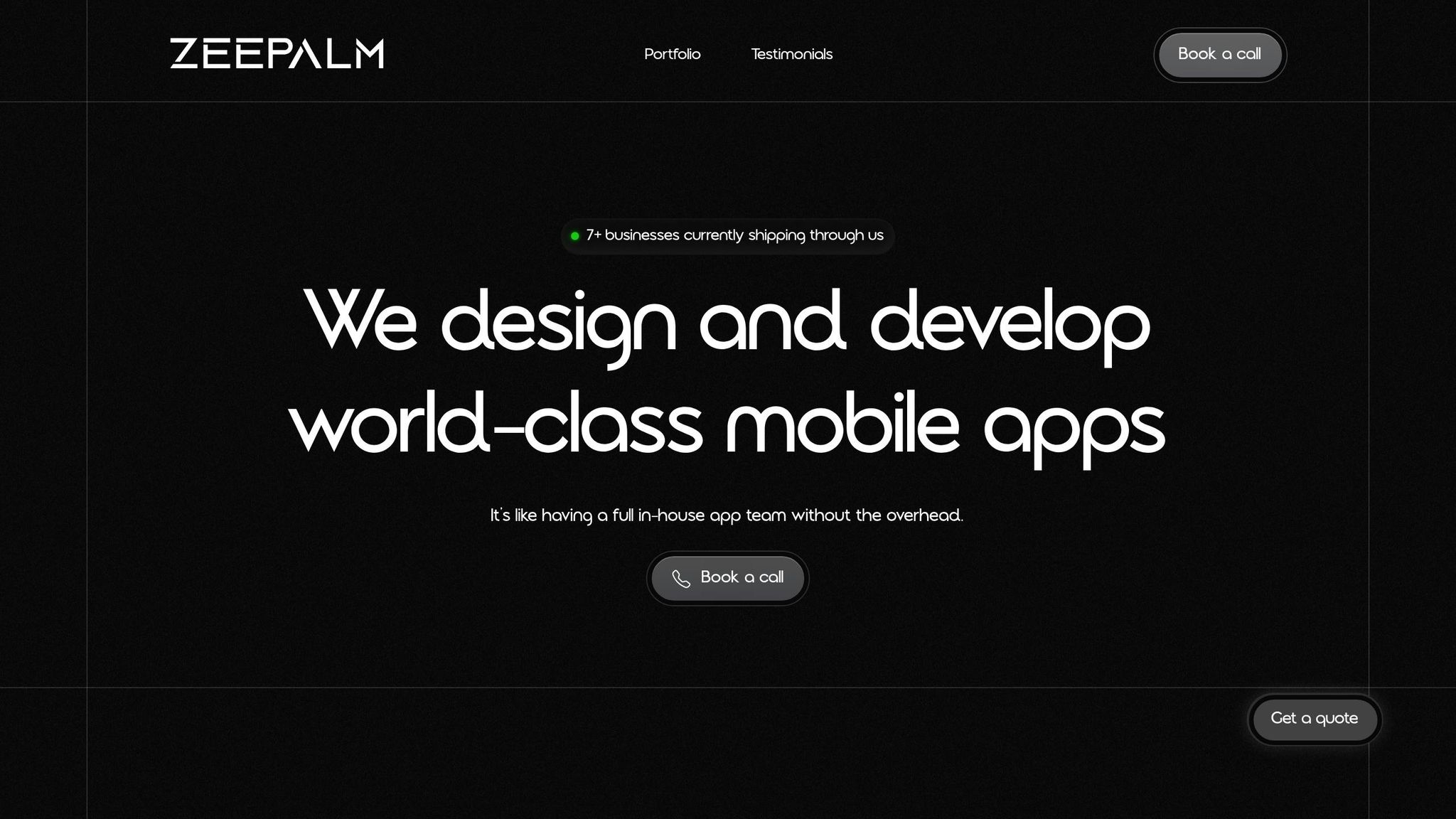
.webp)

